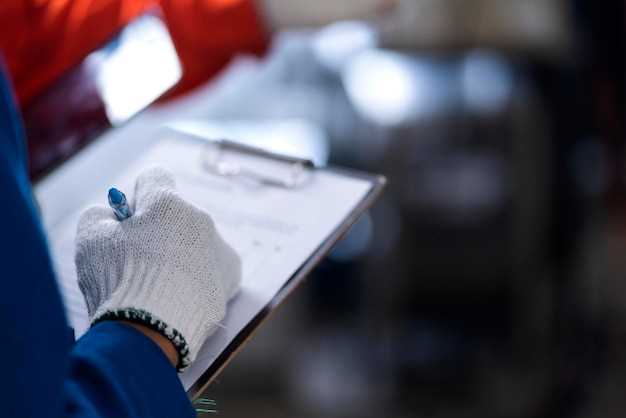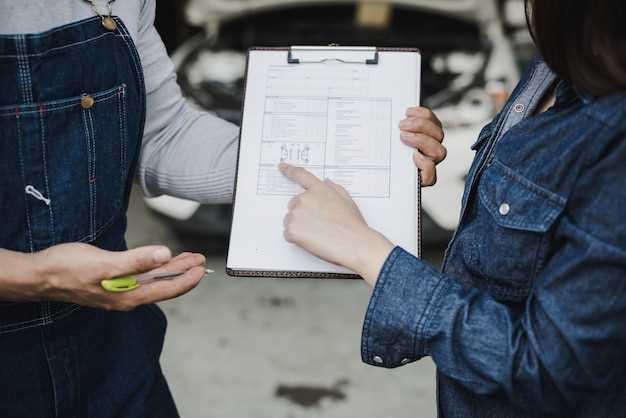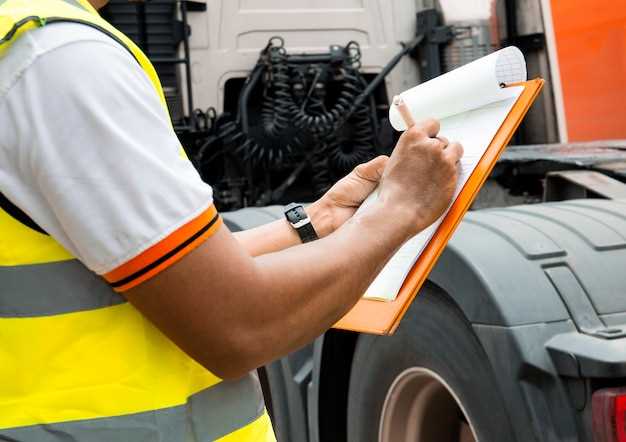
Whether you’re embarking on a cross-country adventure or just need to transport your vehicle, having the right towing equipment is essential for a safe journey. A well-prepared driver understands that the towing process can introduce various challenges and hazards, making it imperative to ensure that your equipment is up to par. This article provides a comprehensive checklist designed to help drivers gather and assess their towing gear before hitting the road.
Understanding the necessary components of your towing setup is crucial. From the towing vehicle itself to the various accessories that enhance safety and functionality, each item plays a vital role in ensuring that your towing experience is smooth and secure. By adhering to our detailed checklist, you can avoid common pitfalls that arise from inadequate preparation.
With the right equipment at hand, you not only safeguard your vehicle but also protect yourself and other road users. Be it for personal use or professional needs, having a reliable towing setup can make all the difference. Let’s delve into the essential items every driver should have in their towing toolkit.
Essential Tools for Safe Towing

When it comes to towing, having the right tools is crucial for ensuring safety on the road. Below is a list of essential equipment every driver should have when towing.
Towing Hitch: A reliable towing hitch is fundamental. Select one that matches the weight of your trailer and your vehicle’s towing capacity. Ensure that it is properly installed and securely attached before setting off.
Safety Chains: These are vital for added security. Always connect safety chains from the trailer to the towing vehicle in a crisscross pattern. This ensures that if the hitch fails, the trailer remains attached and can be controlled.
Electrical Connector: Proper electrical connections are necessary for trailer lights to function. Check that your vehicle’s connector is compatible with the trailer’s wiring system, ensuring brake lights and indicators are operational.
Brake Controller: For trailers exceeding certain weight limits, a brake controller is needed to synchronize the trailer’s brakes with your vehicle’s braking system. This device improves overall control and reduces stopping distances.
Wheel Chocks: These are essential for preventing the trailer from rolling when parked. Always use wheel chocks on both sides of the trailer wheels when unhooking from the towing vehicle.
Load Distribution Hitch: This tool helps distribute weight evenly across your vehicle and trailer. It enhances stability and minimizes swaying, especially when navigating turns or windy conditions.
Tire Pressure Gauge: Maintaining proper tire pressure on both the towing vehicle and the trailer is crucial. A tire pressure gauge allows you to monitor and adjust pressures for optimal performance and safety.
Emergency Kit: An emergency kit should include flares, a flashlight, first aid supplies, tools for basic repairs, and a spare tire. Being prepared for unexpected issues will help ensure a safe towing experience.
Mirror Extenders: When towing wide loads, mirrors may not provide adequate visibility. Mirror extenders help improve rear visibility, allowing drivers to monitor traffic and maintain safe lane changes.
Having these tools at your disposal not only enhances safety but also contributes to a more confident towing experience. Always perform a thorough inspection before embarking on a towing journey.
Safety Gear to Include in Your Towing Kit
When preparing for towing, ensuring you have the right safety gear can make a significant difference in emergency situations. Here’s a comprehensive list of essential items to include in your towing kit:
1. Safety Triangles or Flares: In case of a breakdown, placing safety triangles or flares around your vehicle alerts other drivers and enhances visibility, reducing the risk of an accident.
2. Reflective Vests: Wearing a reflective vest during roadside emergencies increases your visibility, ensuring you are seen by oncoming traffic, especially in low-light conditions.
3. Gloves: A sturdy pair of work gloves protects your hands while handling equipment, providing grip and preventing injuries when attaching or detaching hitches and chains.
4. First Aid Kit: Having a well-stocked first aid kit is vital in case of minor injuries while on the road. Ensure it includes bandages, antiseptic wipes, pain relievers, and any personal medications.
5. Fire Extinguisher: Carry a compact, vehicle-rated fire extinguisher that can handle different types of fires, including those from flammable materials or electrical failures.
6. Flashlight: A reliable flashlight with extra batteries is crucial for inspecting issues during nighttime or low-light conditions. Consider a headlamp for hands-free operation.
7. Tow Straps or Chains: Make sure to have quality tow straps or chains in your kit, rated for your vehicle’s towing capacity. They provide secure connections and prevent accidents during towing.
8. Jumper Cables: Equip yourself with heavy-duty jumper cables to assist with dead batteries. Make sure they are long enough to reach another vehicle comfortably.
9. Duct Tape: This versatile tool can temporarily fix a variety of issues, from securing loose parts to making quick repairs on the go.
10. Wheel Chocks: Use wheel chocks to prevent any accidental movement of the vehicle being towed when parked, providing added safety during loading and unloading.
Always check your towing kit periodically to ensure that all safety gear is in good condition and ready for use. By being prepared with the right equipment, you can ensure a safer towing experience for yourself and others on the road.
Maintenance Items to Check Before Towing

Before embarking on a towing journey, it is crucial to ensure that both your vehicle and the trailer are in optimal condition. The following maintenance items should be checked to guarantee safety and efficiency:
- Tires:
- Inspect tire pressure on both your vehicle and the trailer.
- Check tread depth for sufficient grip.
- Examine tires for any signs of cracks, bulges, or abnormal wear.
- Brakes:
- Evaluate brake fluid levels and top off if necessary.
- Inspect brake pads and rotors for wear.
- Test brake response by performing a stop-and-go check in a safe location.
- Lights:
- Test all headlights, brake lights, and turn signals.
- Verify that trailer lights are functioning and properly connected.
- Replace any burnt-out bulbs to ensure visibility.
- Hitch and Coupling:
- Inspect the hitch for any signs of damage or rust.
- Ensure that the coupling is securely fastened to the trailer.
- Lubricate moving parts if necessary to prevent wear.
- Fluid Levels:
- Check engine oil level and replenish if low.
- Ensure coolant levels are adequate to prevent overheating.
- Inspect transmission fluid levels for smooth operation.
- Battery:
- Examine battery terminals for corrosion and clean if needed.
- Test battery charge and replace if weak.
- Suspension and Steering:
- Assess the condition of suspension components for any damage or wear.
- Check steering responsiveness to ensure safe maneuvering while towing.
- Load Distribution:
- Verify that the load in the trailer is evenly distributed.
- Ensure that the total weight does not exceed the towing capacity of your vehicle.
Taking the time to check these maintenance items will enhance safety and contribute to a successful towing experience. Proper preparation can prevent unexpected issues on the road and ensure a smooth journey.




